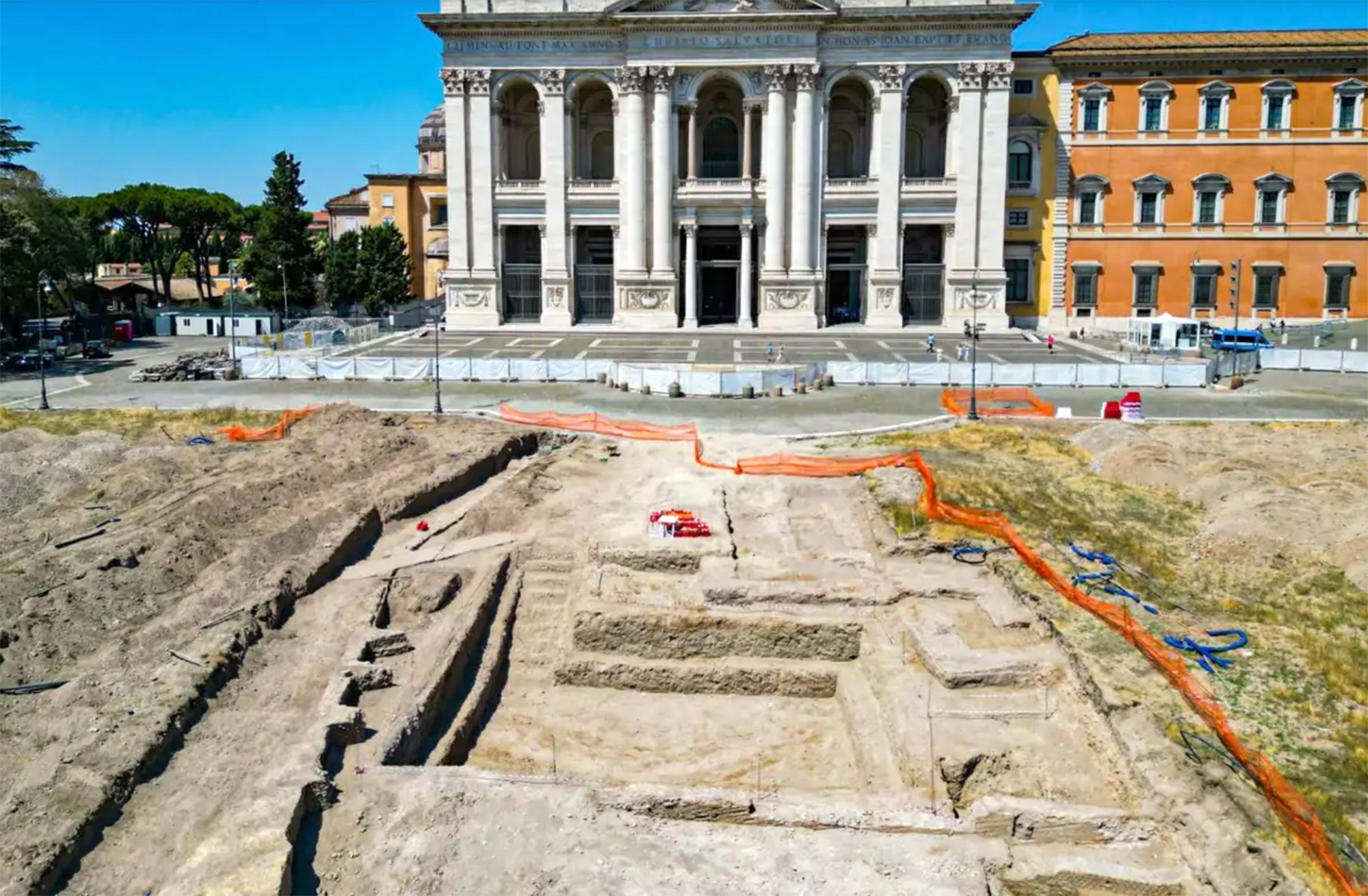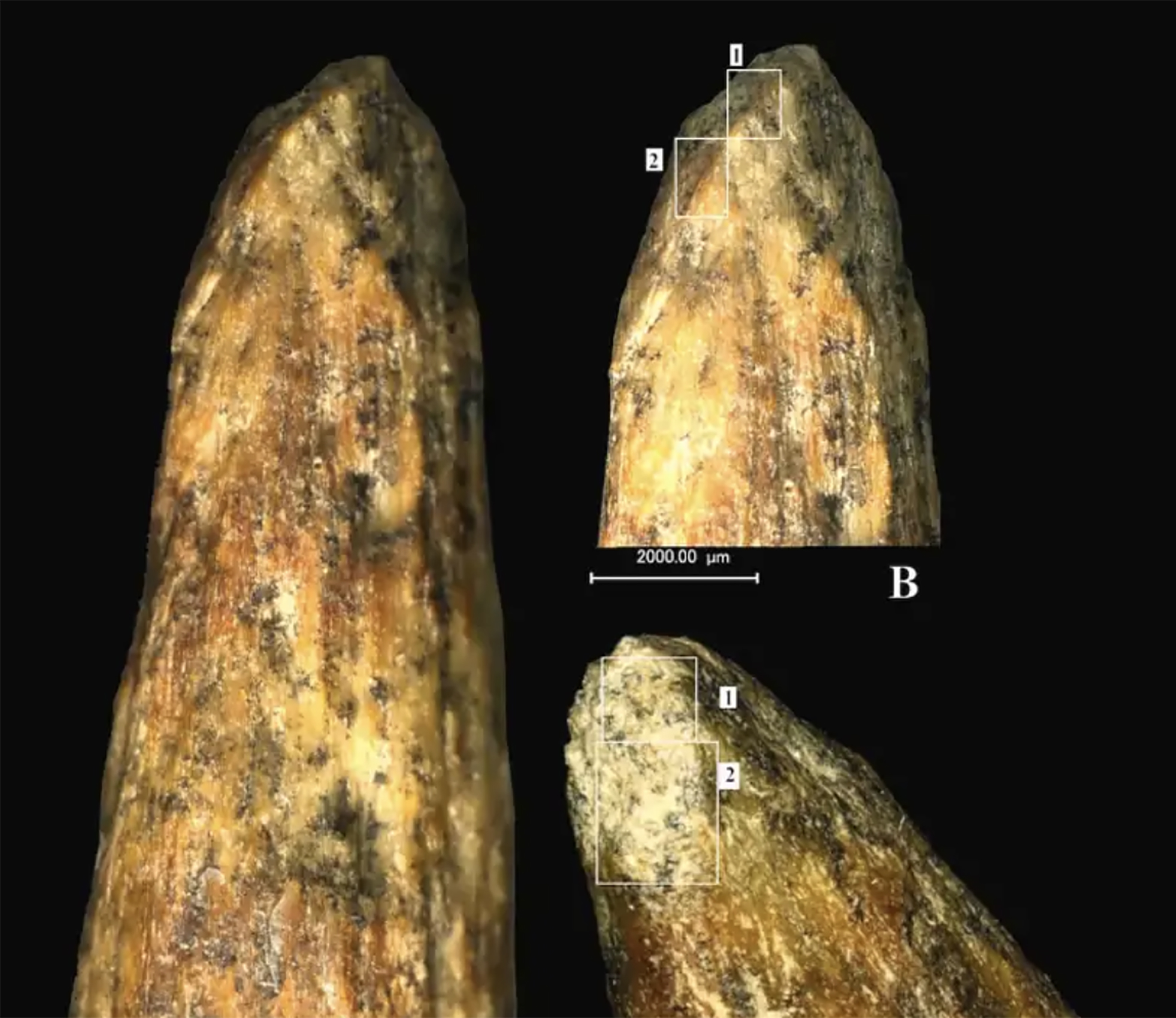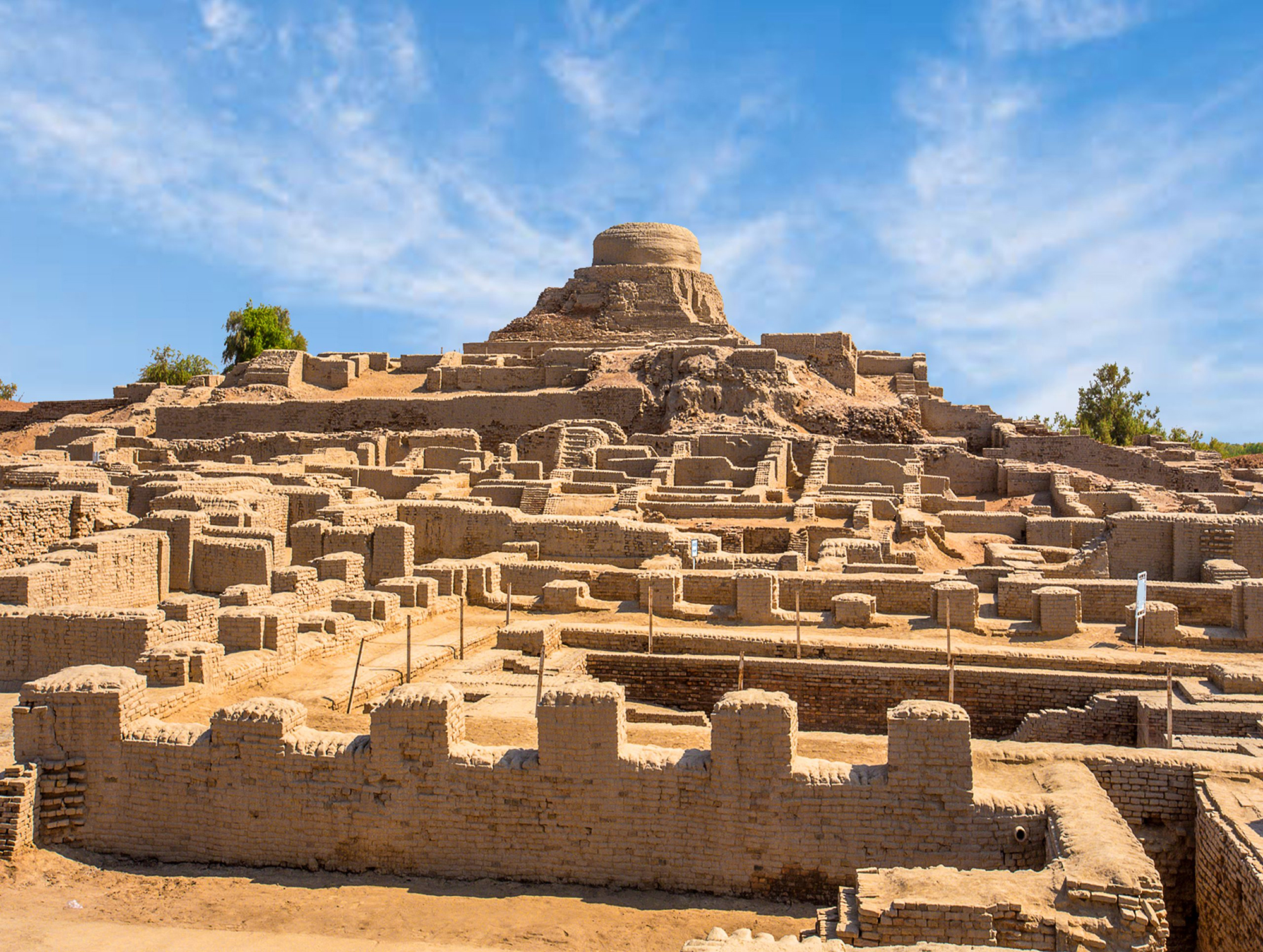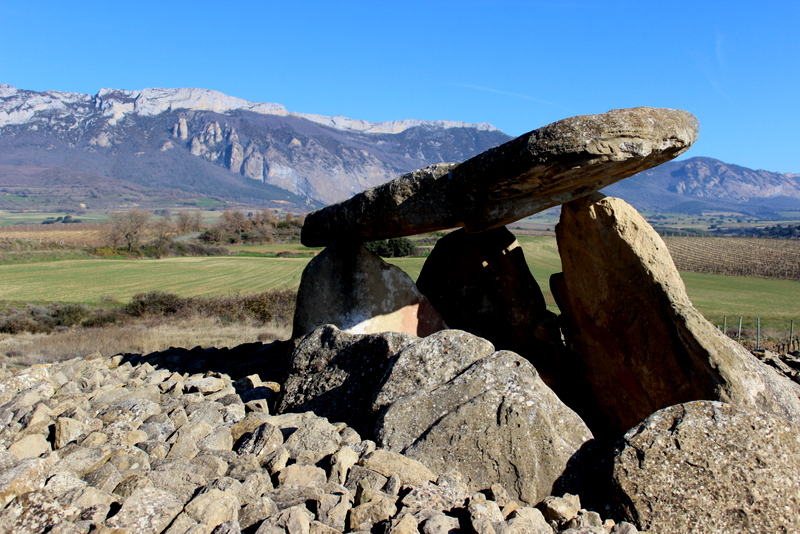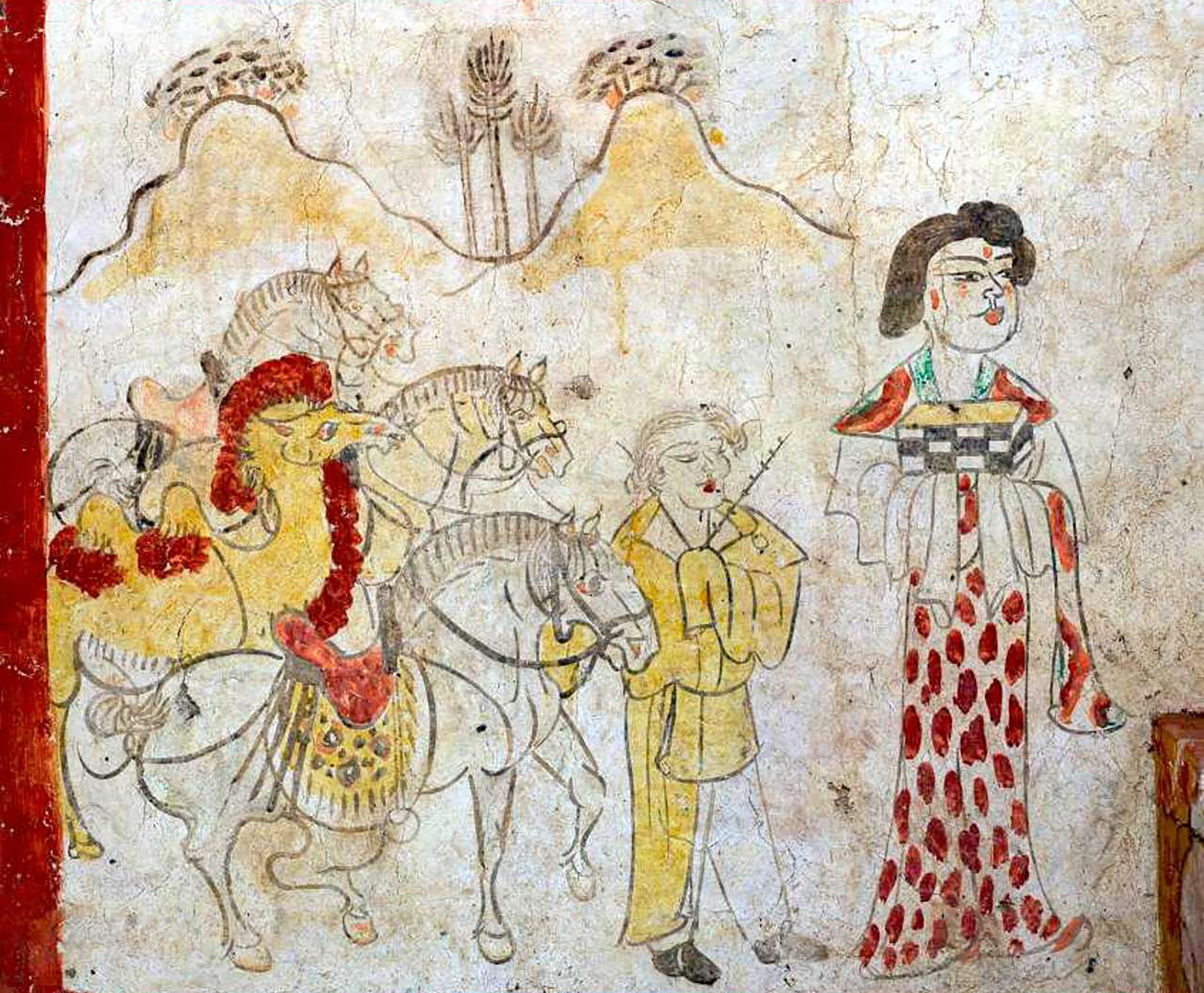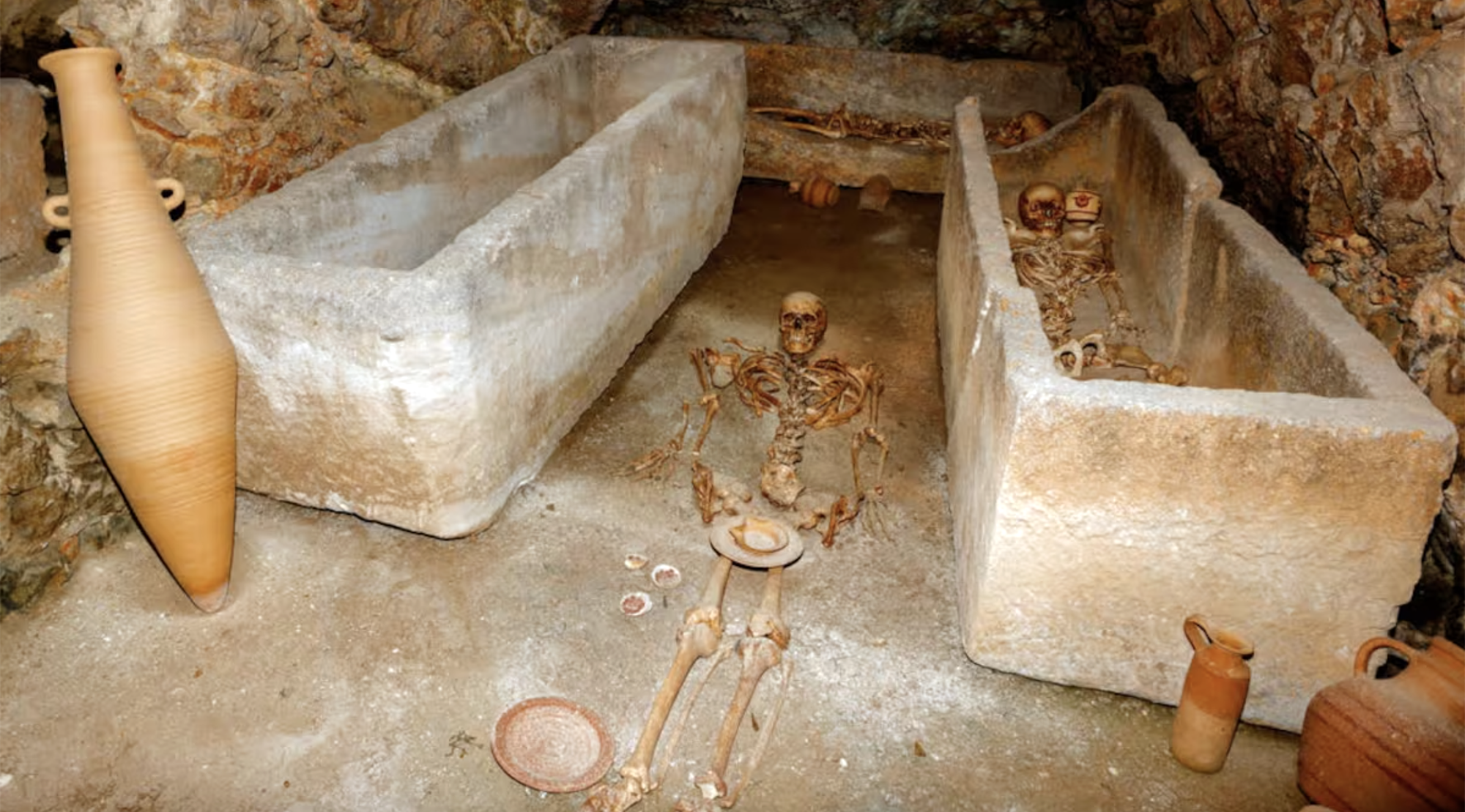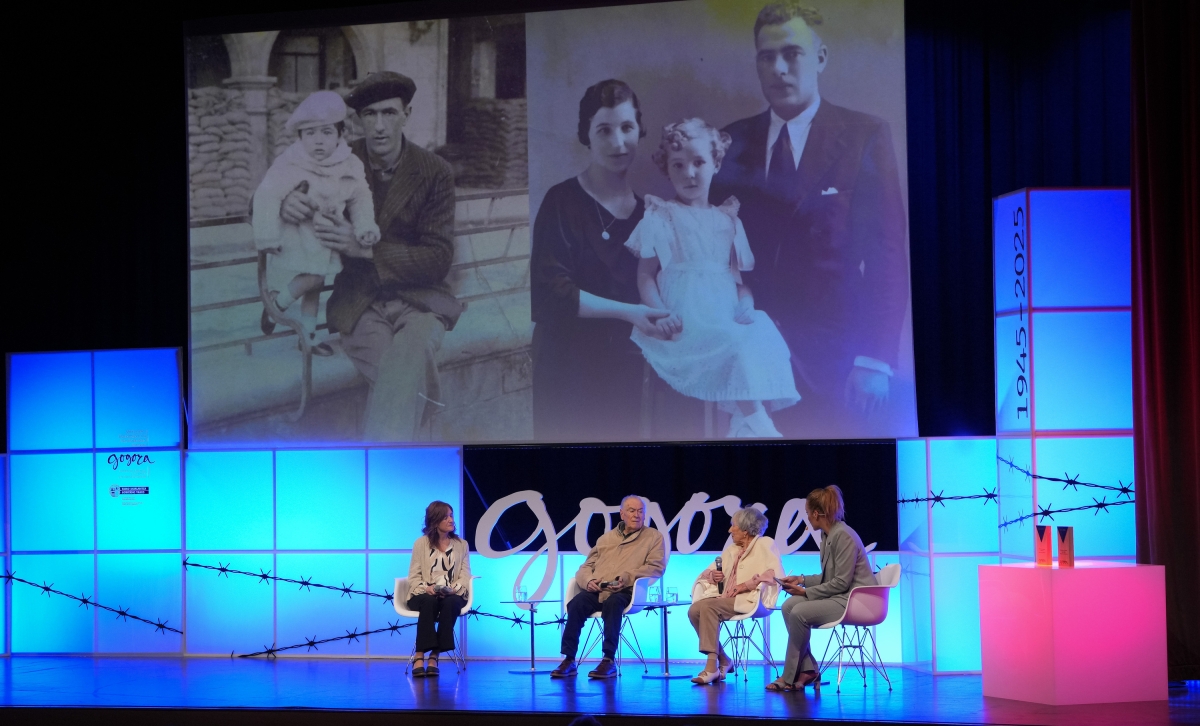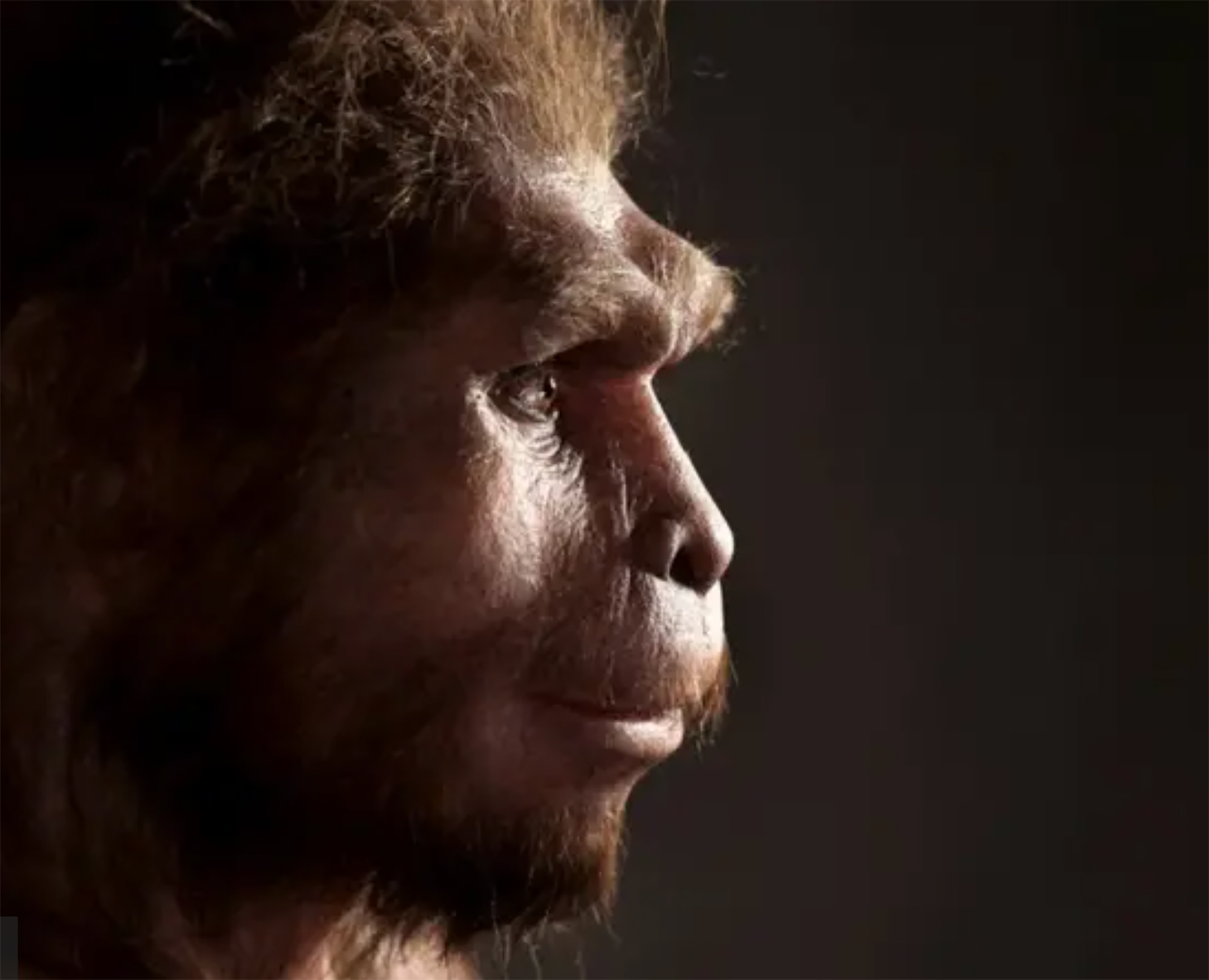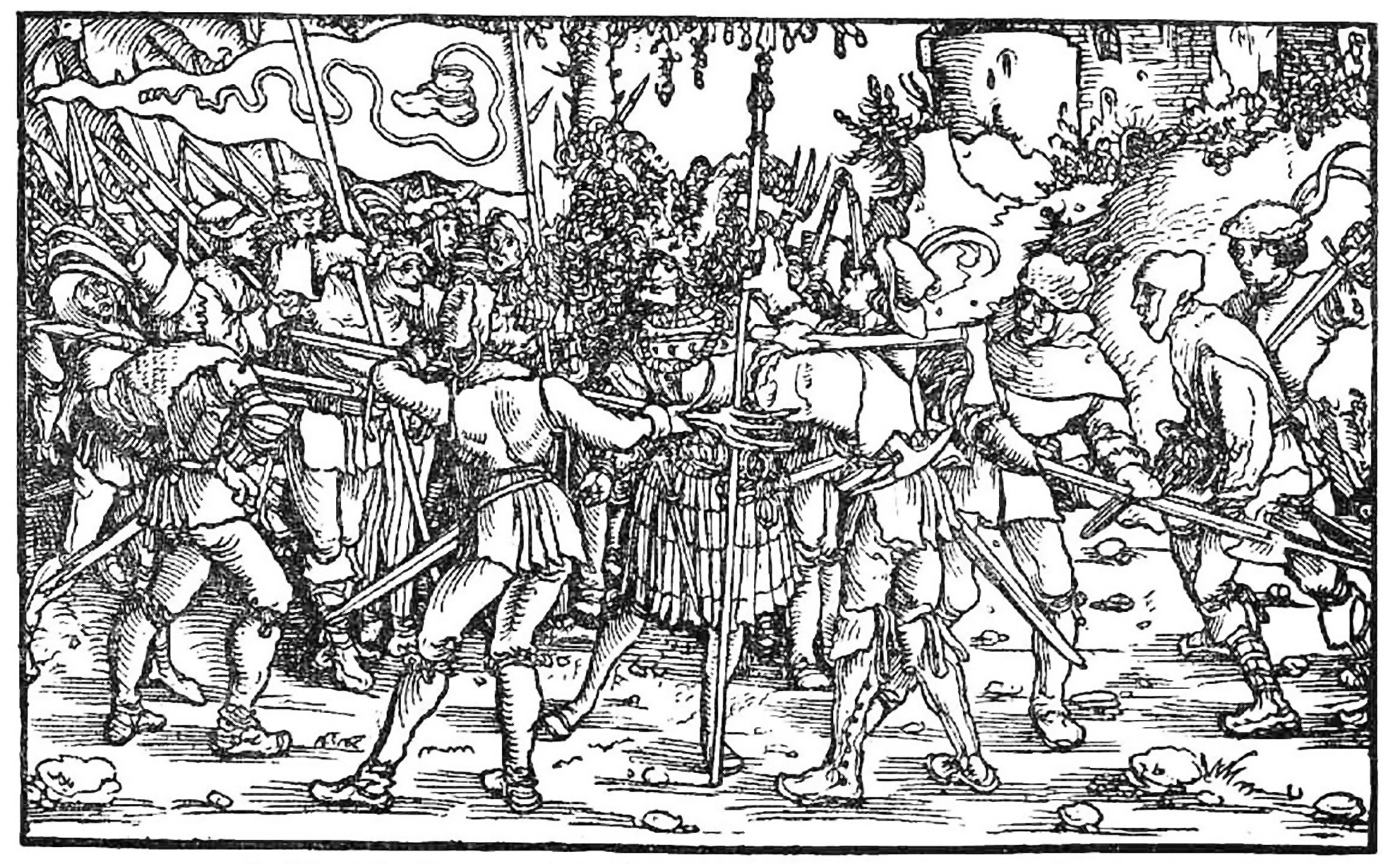Telebista, etorkizunik gabeko asmakizun hura

Helensburgh (Eskozia), 1888. John Logie Baird ingeniari, fisikari eta asmatzailea jaio zen. Besteak beste, munduko lehen telebista mekanikoa, publikoki frogatutako koloretako lehen telebista sistema eta koloretako lehen telebista-hodi erabat elektronikoa hark asmatu zituen. Horrek guztiak, telebistaren eta oro har zientziaren historian toki nabarmena ekarriko zion gerora; 2002an BBCren “100 britainiar handienak” zerrendako 44. postuan ipini zuten eta 2006an Eskoziako hamar zientzialari garrantzitsuenen zerrendan sartu zuten. Baina hastapenak ez ziren errazak izan asmatzailearentzat.
1925eko urriaren 2an, Bairdek lehen telebista irudia igorri zuen arrakastaz: bentrilokuo baten panpinaren irudia zen, bertikalki eskaneatutako 30 lerroz osatuta zegoen eta segundoko bost irudi igortzen zituen. Publizitate bila, Bairdek Daily Express egunkarira jo zuen asmakizuna sustatzera. Egunkariko albisteen editoreak zera esan zuen, haren lankide batek jasotakoaren arabera: “Jainkoarren! Zoaz harrera gunera eta libratu zaitez han dagoen zoroaz. Irrati bidez ikusteko makina bat duela dio. Kontuz ibili, baliteke labana bat eramatea”.
Egunkariko erredakzioan ez beste leku askotan erakutsi zuen Bairdek ero ez zegoela eta makina hark funtzionatzen zuela. Eta, hala ere, zenbaitek ez zion tramankuluari erabilera komertzialik aurreikusi. Lee Dee Forest (1873-1961) AEBetako asmatzaileak honakoa esan zuen: “Ezin dugu denbora galdu asmakizun horrekin ametsetan”.
1936an, Radio Times astekariko editore baten esanetan: “Telebistak ez du inolako garrantzirik izango zuen bizitzan, ezta nirean ere”. Handik urte batzuetara, ordura arte soilik irratia hizpide zuen astekarian telebistari buruzko edukiak nagusituko ziren.
1946an hil zen John Logie Baird. Ordurako inork gutxik jartzen zuen zalantzan telebistaren etorkizuna. Darryl F. Zanuck zine ekoizlea zen salbuespenetako bat, besteak beste, How Green Was My Valley, All About Eve edo The Longest Day klasikoak ekoiztu zituena. Urte horretan bertan egin zituen Zanuckek adierazpen hauek: “Jendea berehala aspertuko da gauero egur kontraxaflatuzko kaxa bati begira egoteaz”.
Eta ezin esango dugu erabat oker zegoenik, egun jendea bestelako materialez egindako telebista lauei begira egoten baita gauero.
Pond of Venice, year 452. Prompted by the Huns' invasion, several inhabitants of the interior of the Italian peninsula took temporary refuge in the swampy area. But the Lombard invasions came in a few years, and it would become a permanent home for those immigrants. It was a... [+]
During a routine excavation in the Piazza San Giovanni in Laterano in Rome, archaeologists carried out the IX-XIII. They unexpectedly found the remains of a palace dating back to the centuries. And they think it could be the residence of the popes of the time. In other words,... [+]
More and more studies indicate that Neanderthals had more advanced cognitive abilities than previously thought. The latter, published in the Journal of Archeological Science, refers to the spearhead of bone found in the Mezmaiskaya cave in Russia in 2003.
Using microscopy,... [+]
The Indus Valley, about 5,000 years ago. The city of Mohenjo-Daro had about 35,000 inhabitants and, according to recent PNAS publication, had a very low Gini coefficient of 0.22 – a coefficient that measures the economic inequality of societies through the degree of... [+]
I've been enjoying a book lately. In a very short time I have read it twice; the first with pure delight and the second with a pencil in my hand. Hoces de piedra, martillos de bronce, by the Spanish archaeologist Rodrigo Villalobos, aims to explore prehistoric society to answer... [+]
In the Chinese province of Shanxi, in a tomb of the Tang dynasty, paintings depicting scenes from the daily lives of the dead are found. In one of these scenes a blonde man appears. Looking at the color of the hair and the facial expression, archaeologists who have studied the... [+]
Carthage, from B.C. Around the 814. The Phoenicians founded a colony and the dominant civilization in the eastern Mediterranean spread to the west. Two and a half centuries later, with the decline of the Phoenician metropolis of Tyre, Carthage became independent and its... [+]
Salvador Puig Antich frankismoaren kontrako militantea izan zen. Askapen Mugimendu Iberikoko kidea, 1973ko irailaren 25ean atxilotu zuten. Gerra-kontseilua egin zioten, eta garrotez exekutatu zuten handik sei hilabetera, 1974ko martxoaren 2an. Aurtengo otsailean baliogabetu du... [+]
Rudolf Botha hizkuntzalari hegoafrikarrak hipotesi bat bota berri du Homo erectus-i buruz: espezieak ahozko komunikazio moduren bat garatu zuen duela milioi bat urte baino gehiago. Homo sapiens-a da, dakigunez, hitz egiteko gai den espezie bakarra eta, beraz, hortik... [+]
Böblingen, Holy Roman Empire, 12 May 1525. Georg Truchsess von Waldburg overthrew the Württemberg insurgent peasants. Three days later, on 15 May, Philip of Hesse and the Duke of Saxony joined forces to crush the Thuringian rebels in Frankenhausen, killing some 5,000 peasants... [+]












